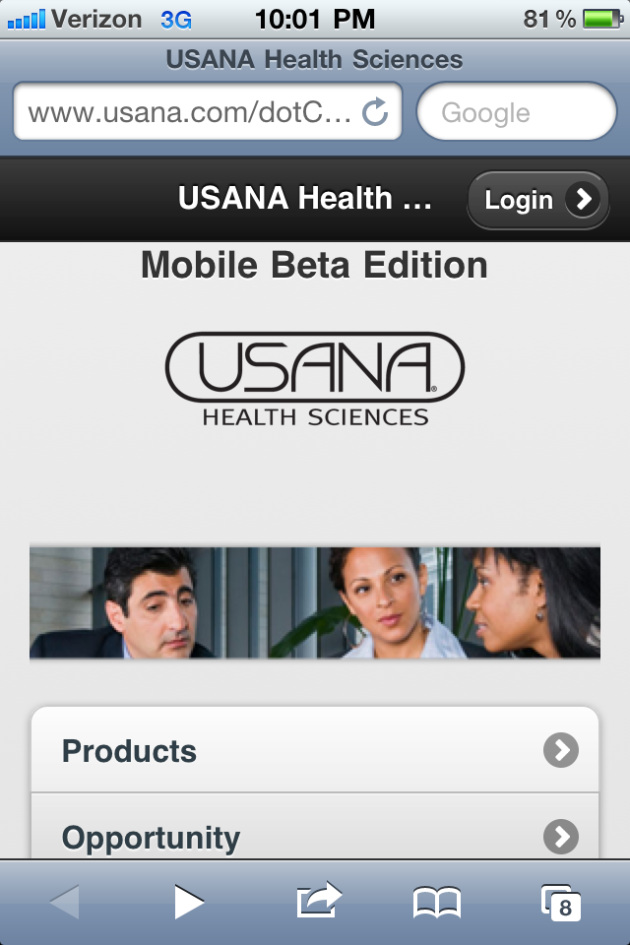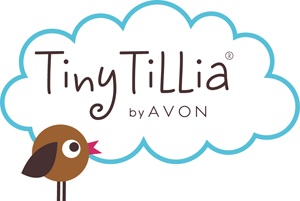Network Marketing is Like Eating Popcorn at the Movies
November 23, 2011 Leave a comment
The MLM Corporate Network
has moved to a new Web site.
Please visit www.mlmcorpnet.com.
A mentor of mine described how the network marketing industry is like going to the movies: company events are the film, the products are the concessions and the leaders are the celebrities. Distributors pay top dollar for all of these things expecting an experience—an entertaining escape from their normal routine.
We invite them to cruises, conventions and various other group meetings and give them a show. When they go home from the events, they give their friends a personal review and they wait in anticipation for the sequel. There is very little “selling” when people buy popcorn at the movies—it’s just what people do during the movie experience. (Why else would someone buy a $10 tub of buttered popcorn when you can do it for a lot less at home?). They also pay to listen to our scientists, executives and top earners like they are celebrities.
The idea of “experience marketing” should be on the forefront of every network marketing professional’s mind—everyone from marketing, finance, warehouse and call center. Our job is to give distributors a consistent, branded, entertaining experience at every customer touch point.
Think for a moment about the non-traditional places where distributors have an experience with your network marketing company. Is the buying experience on the web site as “experiential” as the product store at convention? Is the on-hold messaging engaging enough so that distributors actually don’t mind to wait? Is the interface in the back office environment fun and captivating?
Experience marketing is much bigger than the marketing department. Creating a seamless distributor experience starts with senior management. Here’s an easy exercise for executives to evaluate the entertainment factor of each customer touch point in your business:
Think about going to the movies: buying tickets, posters on the wall, smell of the lobby, viewpoint of the theater seat, etc. Now list all the places within your network marketing company where distributors interact with the company. (Stretch yourself when making this list. Have your considered everything?) Now rank each item based on your current strategy to engage people with the brand. As you go forward, take a balanced approach as you consider each item and who is responsible. Expectations to “wow” distributors take time and possibly some shifted budget.
Creating a company culture like “going to the movies” is a great way to help your company thrive in a world culture that competes heavily for people’s entertainment budget. This kind of analogy can be useful in helping us to understand the challenges of network marketing.







